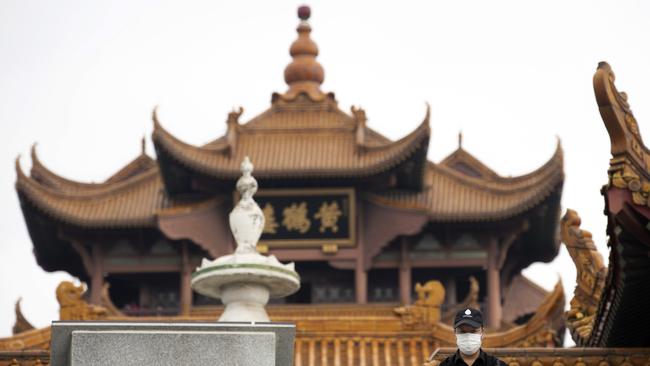China’s hotel occupancies bounce back from depths of coronavirus crisis
Occupancy rates are sharply higher than in the depths of China’s coronavirus crisis, when they struggled below 10 per cent.

Mainland China’s hotel occupancies are starting to recover from the depths of the local coronavirus crisis when they floundered at less than 10 per cent.
Mainland China’s daily hotel occupancy jumped to nearly 32 per cent on March 28, up from lows of 7.4 per cent during the first week of February, according to preliminary data from international travel data group, STR.
Buoyed by the corporate sector and quarantining travellers, room rates have also significantly risen in key markets across the mainland.
“Some of the demand stems from corporate travel, primarily within the same province, as well as small-scale meetings,” Christine Liu, STR’s regional manager for North Asia, said in a statement.
“Additionally, hotels are seeing business from those travellers quarantined after returning to China from other countries as well as those returning to cities for work. Overall, we’re seeing limited leisure business in city centres but a bit more recovery in that segment in surrounding suburbs.”
However, Ms Liu stressed that the improvement in hotel occupancy figures was only an early sign of a recovery that is likely to develop slowly.
Most of the improving occupancies is taking place in Chengdu, where hotel occupancies reached 35.6 per cent on March 28, and Xi’an, where occupancies were tracking at around 36 per cent on March 28. But at around 21 per cent on March 28, Beijing hotel occupancies where well below the mainland’s average, according to STR.
“Shanghai hotel occupancies were as low as 11 per cent on March 1 but reached 28.6 per cent on March 28,” Ms Liu said.
“Xi’an captured business from South Korea because of Samsung’s manufacturing factory in the tech zone — expatriates were able to relocate their families to Xi’an when the outbreak hit South Korea. Additionally, Xi’an is one of the redirect destinations for inbound flights scheduled to land in Beijing.”
Wuhan’s occupancy levels fell as low as 7.5 per cent in January but by March 7 had jumped to 72.7 per cent. They have since trended downward to 62.4 per cent on Mach 28.
“Wuhan saw an influx of hotel demand as medical workers entered the market, but some of that demand has tailed off as the situation becomes more stable,” Ms Liu said.
Nearly 90 per cent of mainland China’s hotels have reopened for business after many had closed over the past two months.






